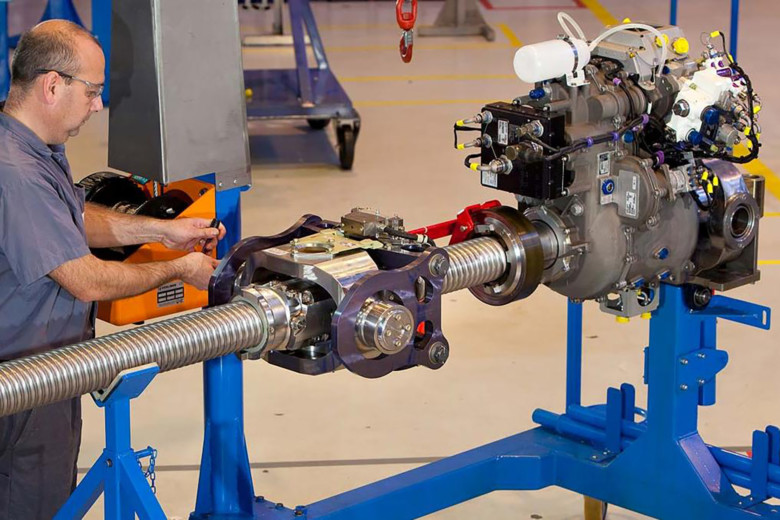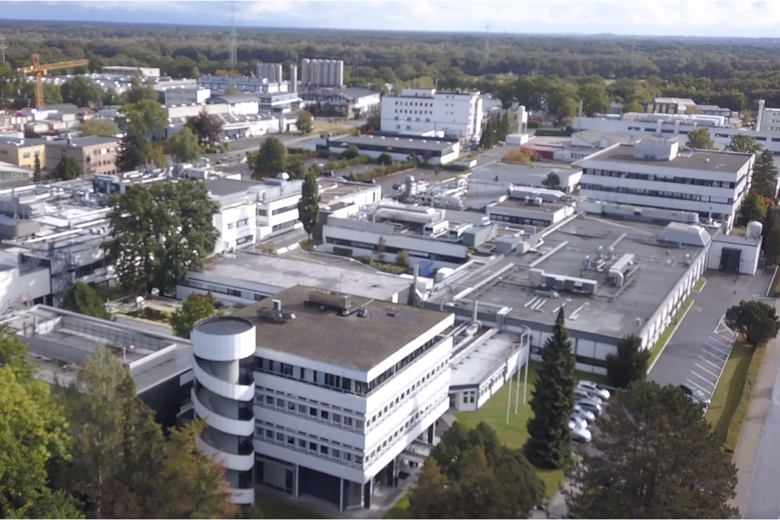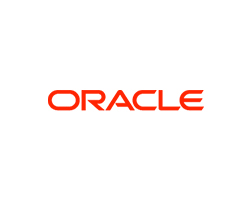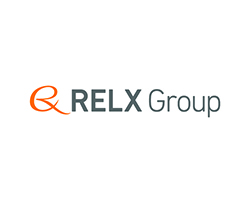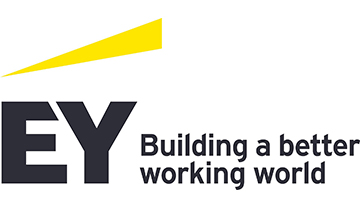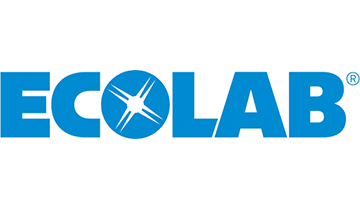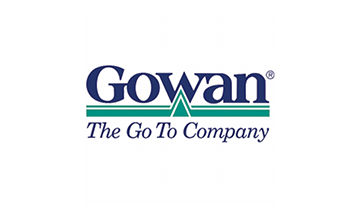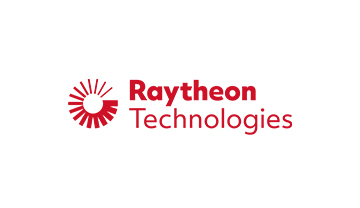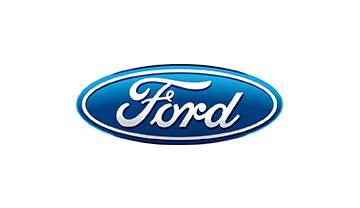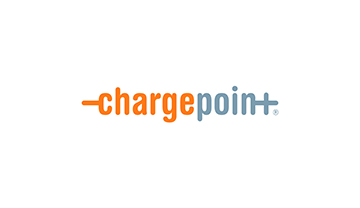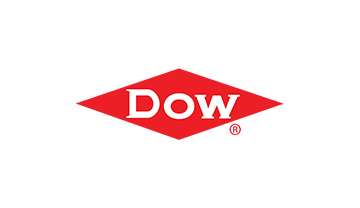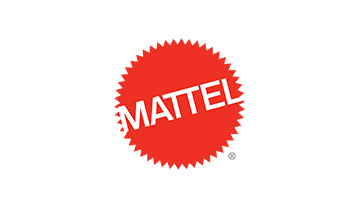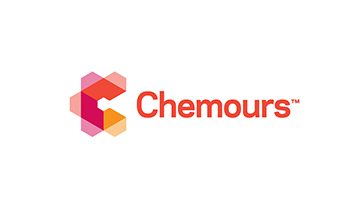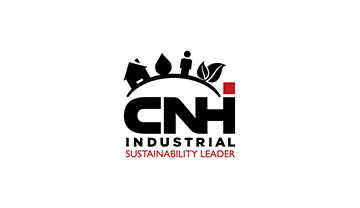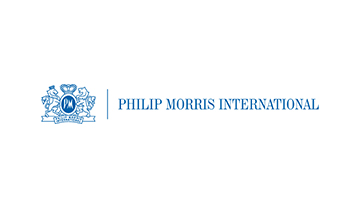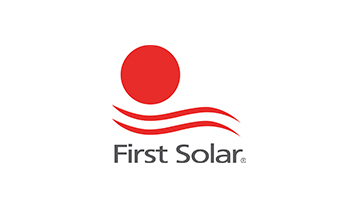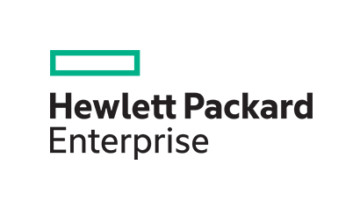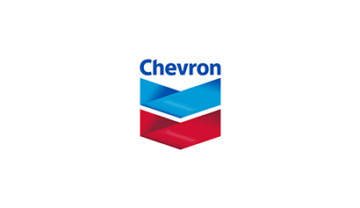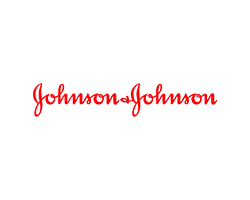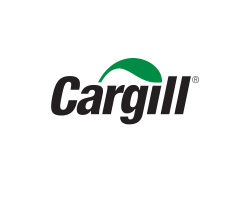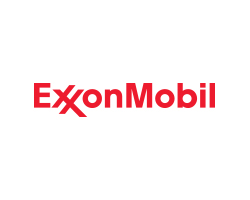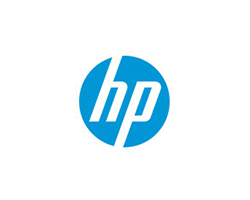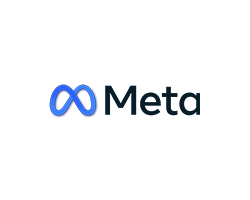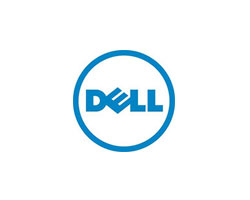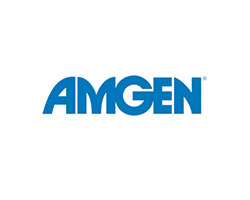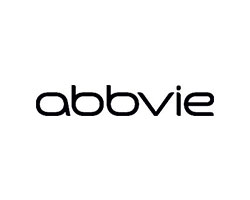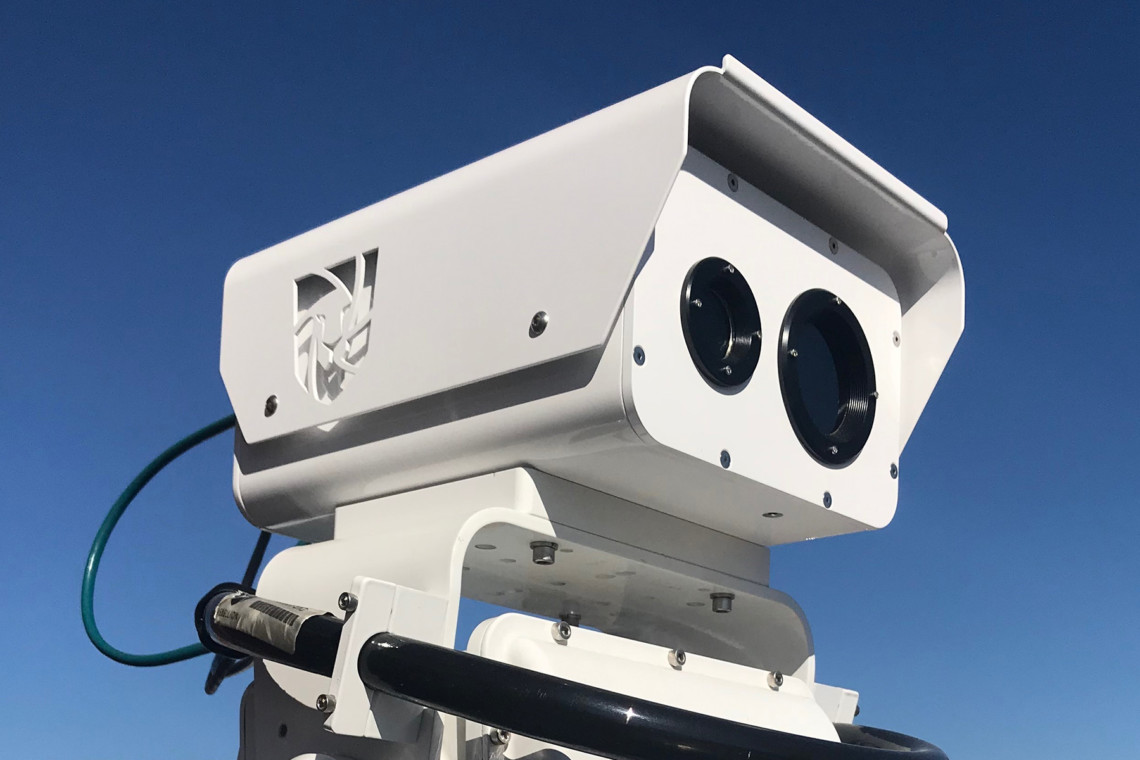
The ambitious European Green Deal calls for zero net emission of greenhouses gases by 2050. To achieve this goal, the reduction of methane is a clear and effective way, as methane traps 86 times as much heat as carbon dioxide over a 20-year period and accounts for a quarter of total atmospheric warming to date. Recognising this, the European Commission launched the EU Methane Strategy, while energy industry giants such as BP, Total, and Shell joined the Oil and Gas Methane Partnership (OGMP) commitment to methane reduction.
A critical challenge to realising methane reduction is how to manage unwanted fugitive methane emissions in the energy sector, one of the three major sectors the EU Methane Strategy focuses on. The traditional methane leak detection and repair (LDAR) method commonly used in the energy sector utilises workers to perform periodic manual inspections of facilities. Using handheld thermal cameras or gas detectors, the workers identify methane leak sources on equipment across a facility and arrange for repairs. However, this method has drawbacks: it is time- and labour- intensive; prone to human error; and infrequent, leading to methane leaks potentially being overlooked, especially in between scheduled inspections.
Honeywell recently introduced a new class of technology solution called gas cloud imaging (GCI) into the EU market, which can address the shortcomings in the current LDAR method. This GCI technology uses visual and hyperspectral sensors supported by intelligent analytics to provide automated and continuous methane monitoring, detecting leaks as soon as they happen. Detected leaks are visualised by software to provide an easy-to-interpret coloured video, showing location, direction, size and concentration of the methane leak. Honeywell is also developing new, advanced methane quantification capabilities for its GCI system, which will enable customers to measure methane emissions more effectively. This allows for earlier intervention in the case of leaks, greater methane emissions reduction, and better utilisation of manpower. Combined, this could make GCI a cost-effective method for methane reduction.
To reach their ambitious climate targets, the European energy sector needs an effective and efficient improvement on methane LDAR, which GCI is in the prime position to be.

